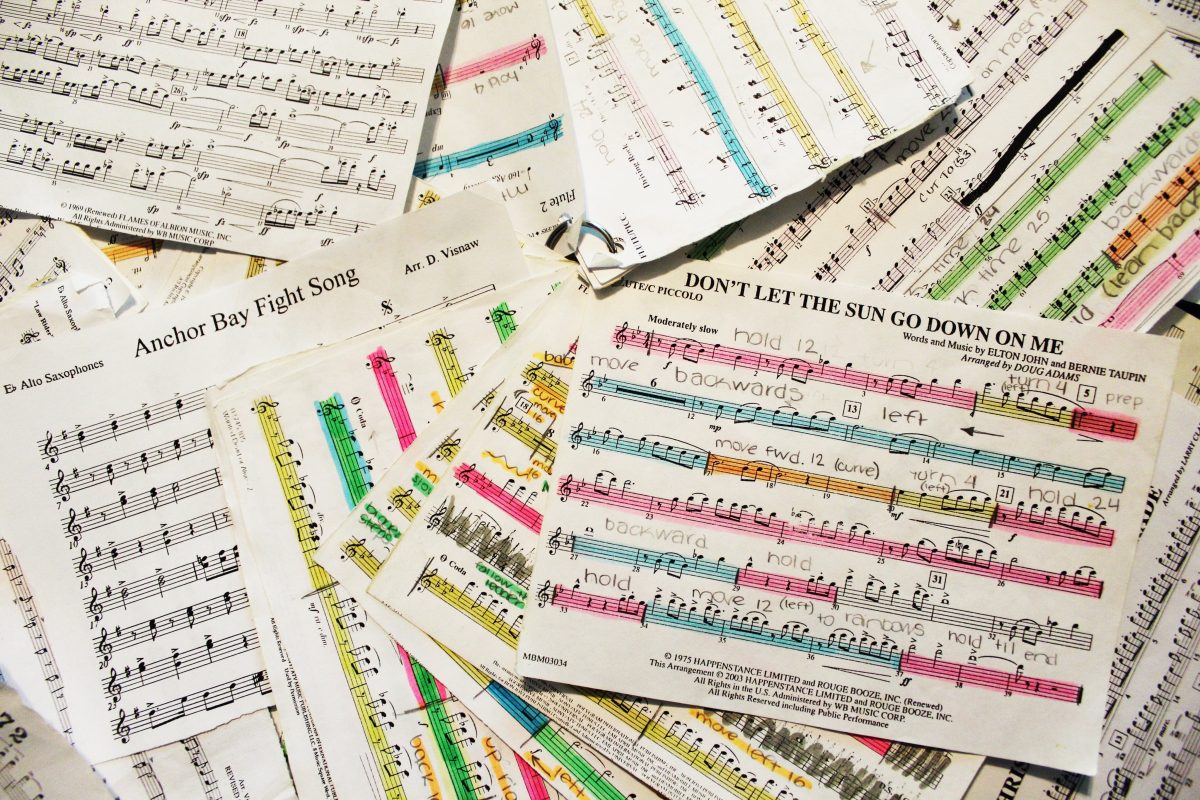Hello again! Same old me, holding a different piece of music. My new music piece (below) has had a key change, and is now in the key of C, as the key of the original is in A major. Other elements that are different than the last piece are:
-
- No dynamics
- Less notes per measure
- March time is 130 instead of 65 (half as slow)
- 4/4 time instead of 5/4 time
- No indicated finger positioning

The piece stays with the same theme, and the modified notes do not take away from the crescendo decrescendo pattern of the original piece. Furthermore, the rests occur at a similar time in the piece as well. Even with a simplified time signature, the rest is necessary, as it highlights the timing of the piece, as it is continually rolling up and down. Truly, this song portrays a river. A few of my favourite cover artists of this piece are Twilight Orchestra and Robin Meloy Goldsby (the key change is amazing!).
Changing from the key of A major to the key of D has been especially challenging (much respect for artists to attempt a key change mid-song). What has helped me remember that I have switched, has been playing the first note, humming the first note, and using a mindset of distinguishing it as a “home base”.
Within the first attempt of the modified version of A River Flows In You, I could already tell that finding my own fingering is going to be pretty challenging. The last tune I attempted for my midterm, Gigue, had fingering positions on the page. At first I didn’t quite understand the purpose of having a standard outline of where to place your hand, especially when the instrument is just one long line of continuous keys, and now I am missing it! It all made sense in the end! Now that I can understand the dedication put into achieving a consecutive recording of this piece, I have so much more appreciation towards pianists.



